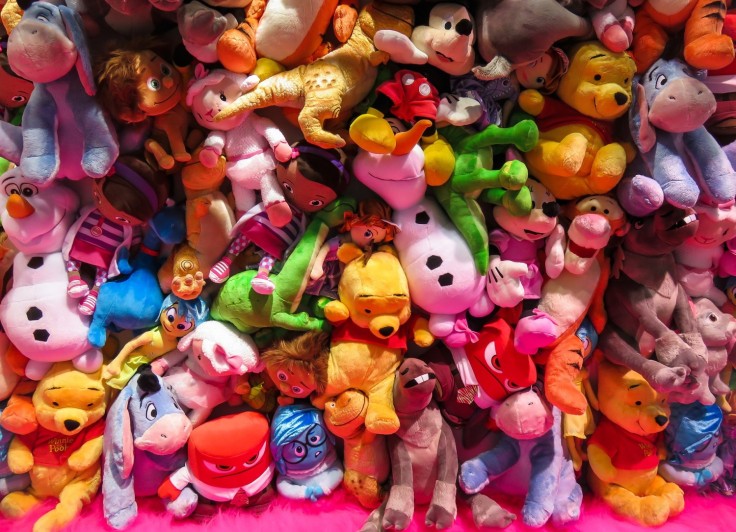
According to a study by Premium Joy, 59 percent of U.S. kids play with a maximum of 10 toys out of their collection, 10 percent play with 11 to 15 toys, and 11 percent play with 16 to 20 toys. Only two in ten children require more than 21 toys.
The study indicated that nearly 70 percent of children would require no more than 15 toys to play with. More than two-thirds of parents in the U.S. buy between three and 14 toys for their children annually. Only one in ten parents buy more than 24 toys annually for their child. On average, U.S. parents purchase approximately ten toys for their children per year.
According to Deborah MacNamara, a clinical counselor in Vancouver and author of "Rest, Play, Grow," a manual for parents, children need to play but will not always require toys. They can explore their environment and examine stuff that might look interesting, from pots, pans, and blocks. In other words, kids need something to play with, but it doesn't mean having toys. Your home likely has enough objects to keep them entertained and learning, per Today's Parent.
Toss out toys that kids no longer use
Kath Sylva, professor of Educational Psychology at Oxford University, studied more than 3,000 preschoolers and concluded that when children have many toys, there seems to be a distraction element. When children are distracted, they do not learn or play well. The research showed that children with fewer toys and whose parents spend more time reading, singing, or playing with them exceeded those from even more affluent backgrounds.
As toddlers, they become more interested in the exploration of objects. The key during this stage is to provide them access to open-ended things that foster imagination. Such can be objects from your home, like pots, pans, or stacking bowls, but if you would like to give them an actual toy, things like building blocks, nesting cups, dolls, or stuffed animals are good options.
If parents decide to take control of the toy situation, they will have to get rid of some toys. Start by digging out and boxing up toys the children have outgrown.
According to Very Well Family, the best way to keep toys under control is not to buy too much in the first place. Set up a strict no-gift policy for birthday parties and try not to go overboard during the holidays. A simplified approach would be to buy your little one something they need and something to read.
Settle with the quality of the toys over the quantity
Fewer toys that are well-organized led to a less stressful environment which lessens the overstimulation in children and contributes to better behavioral regulation. Diminishing the number of toys can increase opportunities for children to establish frustration tolerance, and having to focus on one or two toys at a time can improve problem-solving skills and, at the same time, develop independent play experience and creativity.
According to News, good toys are appropriate for the child's age and developmental level. If parents are unsure if a toy is suitable in this regard, seek advice from staff in specialist toy stores or consult child development websites.
In a U.S. study from the University of Toledo on infant behavior and development, toddlers between 18 to 30 months were observed during individual play sessions. The children were given either 16 or 4 toys to choose from. The study determined that children who were given only four demonstrated greater engagement with their toys.
The study noted that the abundance of toys presents a reduced quality of toddler's play, and fewer toys at once may help them to focus better and play more creatively, per Le Toy Van.
Related Article : Modern Day Toys: Taking A Step Forward For Education